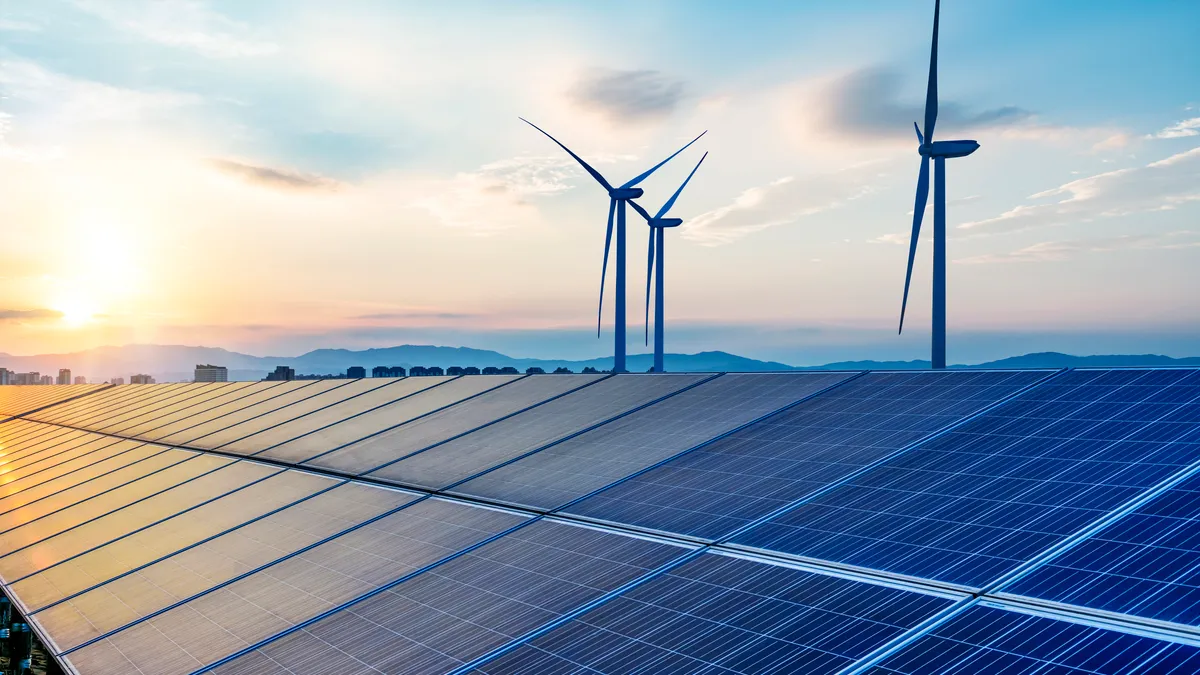Damage from climate change may outweigh the rate base benefits utilities gain from spending on grid resiliency, Morgan Stanley analysts said in a report on energy transition “disconnects.”
Other misunderstandings – positive and negative – about utilities and the energy transition include electric vehicle load growth, disruptions from energy storage and fuel cells and artificial intelligence, according to the report released Wednesday.
“Not all incumbent utilities will gain from the energy transition,” the analysts said.
Utilities on the West Coast and in the Southeast are particularly exposed to climate change risks, such as wildfires and hurricanes, the analysts said.
“Climate change-related risk has the potential to exceed the earnings growth resulting from storm and wildfire resiliency spending, placing a persistent discount for some utilities,” they said.
Given customer bill pressures, utility regulators may reduce proposed capital spending to offset any increases in resiliency investments so that rate base growth will be less than expected, according to the report.
“Further, the current inflationary backdrop makes these requests more challenging, considering some service territories (such as [Entergy’s]) have higher energy burdens than average, and regulators particularly in Louisiana and New Orleans have expressed concerns with customer rate pressure in recent hearings,” the analysts said.
Utilities especially exposed to climate risk include Southern California Edison, Entergy, NextEra Energy, Pacific Gas and Electric and San Diego Gas and Electric, the analysts said.
Energy storage and fuel cells pose an underrecognized challenge for some utilities, especially those in the Northeast and the West, such as Consolidated Edison, Eversource Energy, SoCal Ed, and PG&E, according to the report.
The economics of energy storage are better than generally appreciated and will drive increased adoption of distributed energy resources in places like California and the Northeast where rooftop solar can be less expensive than utility rates and grid reliability has prompted concerns, the analysts said.
Also, fuel cells are underappreciated “enablers and disrupters” and could drive corporate customers to leave their incumbent utilities, they said.
On the positive front for utilities, long-duration storage, such as iron-air batteries being developed by Form Energy, could allow for high renewable energy penetration while maintaining grid reliability and avoiding high power price inflation, the analysts said.
“If long-duration energy storage is incredibly cheap, and we believe it is, it is possible that utilities can retire their gas-fired plants, recover the remaining rate base in these plants (although with some stakeholder pushback), and deploy large volumes of long-duration energy storage, all without a significant increase in customer bills,” they said.
AI could be a disrupter in the energy transition by helping manage backup power and microgrids, improving grid utilization and bolstering asset management, according to the report.
“We see a future where renewable developers and asset owners leverage AI to find the right configuration of renewable assets to better optimize the needs of the customers (e.g., pairing wind, solar, and storage depending on the customer energy usage),” the analysts said.
The growing use of AI could also lead to increased demand for renewable energy, according to the report.
The AI evolution is positive for companies such as AES, NextEra, Sunrun and Xcel Energy, according to the report.
Growing EV electric demand isn’t a “needle mover” for most utilities, largely because vehicles will mainly be charged at night when there are spare power supplies, according to the report.
Morgan Stanley expects EVs in the United States will grow to 18.2 million by 2030 and to 40.5 million by 2035, up from 2.4 million last year. They will use about 58 TWh in at the end of this decade and 180 TWh by 2035, representing 1.5% and 4.6%, respectively, of the electricity consumed in the U.S. in 2021, according to the report.
It isn’t until after 2035, with EV power needs accounting for more than 5% of current electricity demand, that EV-driven electricity demand could become a needle mover, the analysts said.















